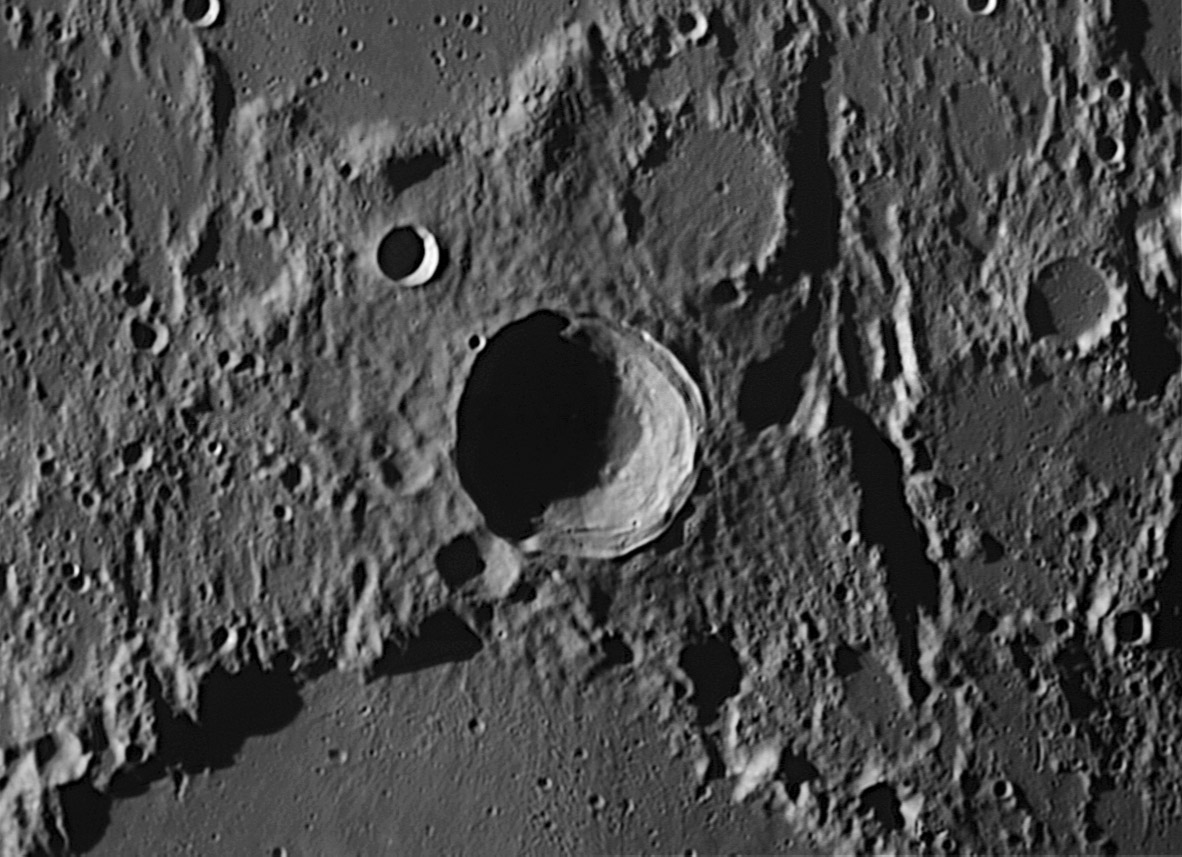Difference between revisions of "July 2, 2012"
(Created page with "__NOTOC__ =Sculpture, Delicate And Coarse= <!-- ws:start:WikiTextHeadingRule:0:<h1> --> <!-- ws:start:WikiTextLocalImageRule:6:<img src="/file/view/LPOD-Jul2...") |
|||
| (8 intermediate revisions by the same user not shown) | |||
| Line 1: | Line 1: | ||
__NOTOC__ | __NOTOC__ | ||
=Sculpture, Delicate And Coarse= | =Sculpture, Delicate And Coarse= | ||
| − | + | <!-- Start of content --> | |
| − | + | <!-- ws:start:WikiTextHeadingRule:0:<h1> --> | |
| − | + | <!-- ws:start:WikiTextLocalImageRule:6:<img src="/file/view/LPOD-Jul2-12.jpg/349440060/LPOD-Jul2-12.jpg" alt="" title="" /> -->[[File:LPOD-Jul2-12.jpg|LPOD-Jul2-12.jpg]]<!-- ws:end:WikiTextLocalImageRule:6 --><br /> | |
<em>image by [mailto:beamtech@iprimus.com.au Stefan Buda], Australia</em><br /> | <em>image by [mailto:beamtech@iprimus.com.au Stefan Buda], Australia</em><br /> | ||
<br /> | <br /> | ||
| − | Herschel, William, not [ | + | Herschel, William, not [https://the-moon.us/wiki/C._Herschel Caroline] nor [[June_18,_2006|recently]], these are the pieces of the surface that remained after topography perpendicular to the path of a mega-hurricane like blast of debris was eroded away. Most of the surface was sculpted at a small scale, but the elongated shadowed trough, the informal Gyldén Valley of overlapping craters, is a larger momento of the basin-forming impact. The smooth material that covers the floor of Ptolemaeus must have been emplaced after the sculpting debris rushed by for its surface isn't gouged by it. Most researchers believe that this is also Imbrium ejecta, a more fluid phase, that came later. It is remarkable that a kilometer or so of this smooth stuff accumulated on the floor of Ptolemaeus (and a lesser thickness in Alphonsus) but didn't cover the more delicate sculpted terrains.<br /> |
<br /> | <br /> | ||
<em>[mailto:tychocrater@yahoo.com Chuck Wood]</em><br /> | <em>[mailto:tychocrater@yahoo.com Chuck Wood]</em><br /> | ||
| Line 14: | Line 14: | ||
<br /> | <br /> | ||
<strong>Related Links</strong><br /> | <strong>Related Links</strong><br /> | ||
| − | Rükl plate [ | + | Rükl plate [https://the-moon.us/wiki/R%C3%BCkl_44 44]<br /> |
<br /> | <br /> | ||
| + | <p><b>Yesterday's LPOD:</b> [[July 1, 2012|Another Half Crater]] </p> | ||
| + | <p><b>Tomorrow's LPOD:</b> [[July 3, 2012|Greek Moon]] </p> | ||
<hr /> | <hr /> | ||
| − | + | {{wiki/ArticleFooter}} | |
| − | |||
| − | |||
| − | |||
Latest revision as of 18:49, 13 October 2018
Sculpture, Delicate And Coarse

image by Stefan Buda, Australia
Herschel, William, not Caroline nor recently, these are the pieces of the surface that remained after topography perpendicular to the path of a mega-hurricane like blast of debris was eroded away. Most of the surface was sculpted at a small scale, but the elongated shadowed trough, the informal Gyldén Valley of overlapping craters, is a larger momento of the basin-forming impact. The smooth material that covers the floor of Ptolemaeus must have been emplaced after the sculpting debris rushed by for its surface isn't gouged by it. Most researchers believe that this is also Imbrium ejecta, a more fluid phase, that came later. It is remarkable that a kilometer or so of this smooth stuff accumulated on the floor of Ptolemaeus (and a lesser thickness in Alphonsus) but didn't cover the more delicate sculpted terrains.
Chuck Wood
Technical Details
Jan 15, 2012. 16" Four panel mosaic with Dall-Kirkham telescope at f/24 + DMK21AU04 camera + red filter. Processed with Registax6 and Iris.
Related Links
Rükl plate 44
Yesterday's LPOD: Another Half Crater
Tomorrow's LPOD: Greek Moon
COMMENTS?
Register, Log in, and join in the comments.



